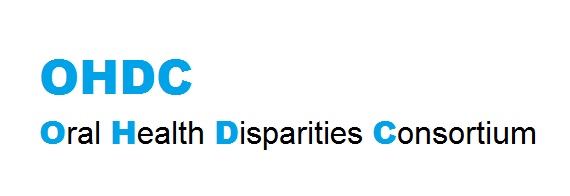Providers Against Cavities in Children's Teeth (PACT)
The study is a multi-site, multi-level, and multi-component cluster randomized clinical trial (RCT) to address poor dental utilization (attendance) and untreated caries among 3-6 year old Medicaid-enrolled children attending well-child visits (WCV) in primary care settings. The focus is on addressing factors (determinants) at the socio-ecological levels of the child's environment: provider (pediatrician and nurse practitioner), practice/organization level, and parent/caregiver level. Eighteen practices will be randomized to 2 arms: A) bundled multi-level intervention consisting of: 1. training medical providers in the Common-Sense Model of Self-Regulation theory-based education so that the provider delivers to the parent/caregiver the following: i) Core oral health facts about dental caries, and ii) prescription to visit the dentist and a list of dentists accepting Medicaid; 2. Integration of oral health assessments into EMR for the provider to document in the child's medical record; versus B) Control arm of medical providers receiving the American Academy of Pediatrics (AAP) based oral health education and providing usual AAP-based care for oral health. Each arm will consist of 9 practices. Children will be followed for 24 months to determine dental utilization and changes in oral health status.
The primary aim is to examine the effectiveness of theory-based behavioral (provider-level) and implementation (practice-level) bundled interventions versus enhanced usual care (AAP based oral health education) delivered by providers at WCVs in increasing dental attendance among 3-6 year old Medicaid-enrolled children. The secondary aims are to 1) assess the effectiveness of interventions on secondary outcomes (e.g. development of new caries, changes in oral hygiene, oral health quality of life, frequency of sweet snacks and beverages, cost), 2) assess potential mediators and moderators to investigate the pathways through which the multi-level interventions affect child primary and secondary outcomes, and 3) assess the adoption, reach, fidelity, and maintenance of providers and practices that affect child primary and secondary outcomes.
The hypothesis is that theory-based behavioral (provider-level) and implementation (practice-level) bundled interventions delivered by providers at WCVs will increase dental attendance among 3-6 year old Medicaid-enrolled children versus enhanced usual care (AAP based oral health education) delivered by providers at WCVs.
